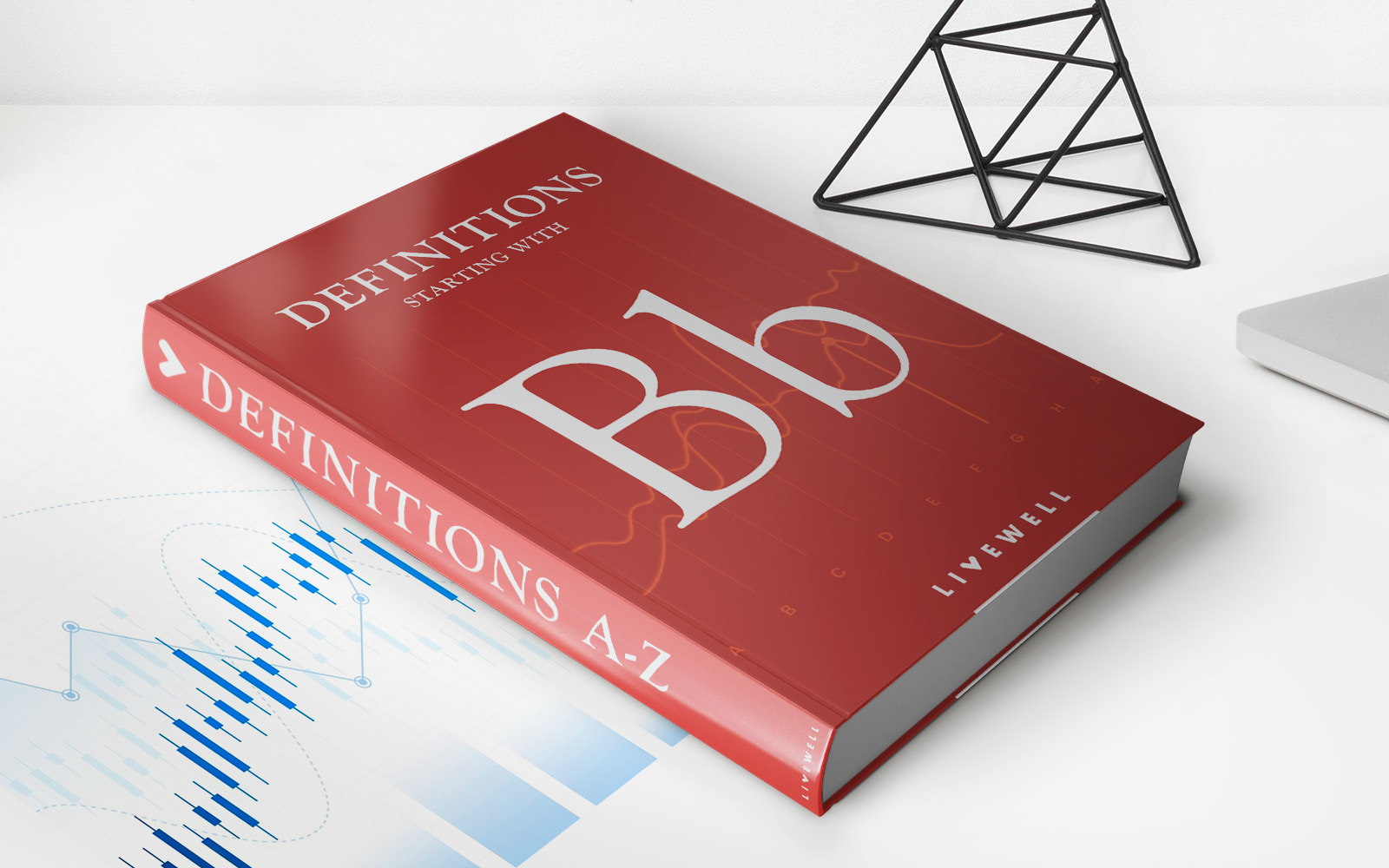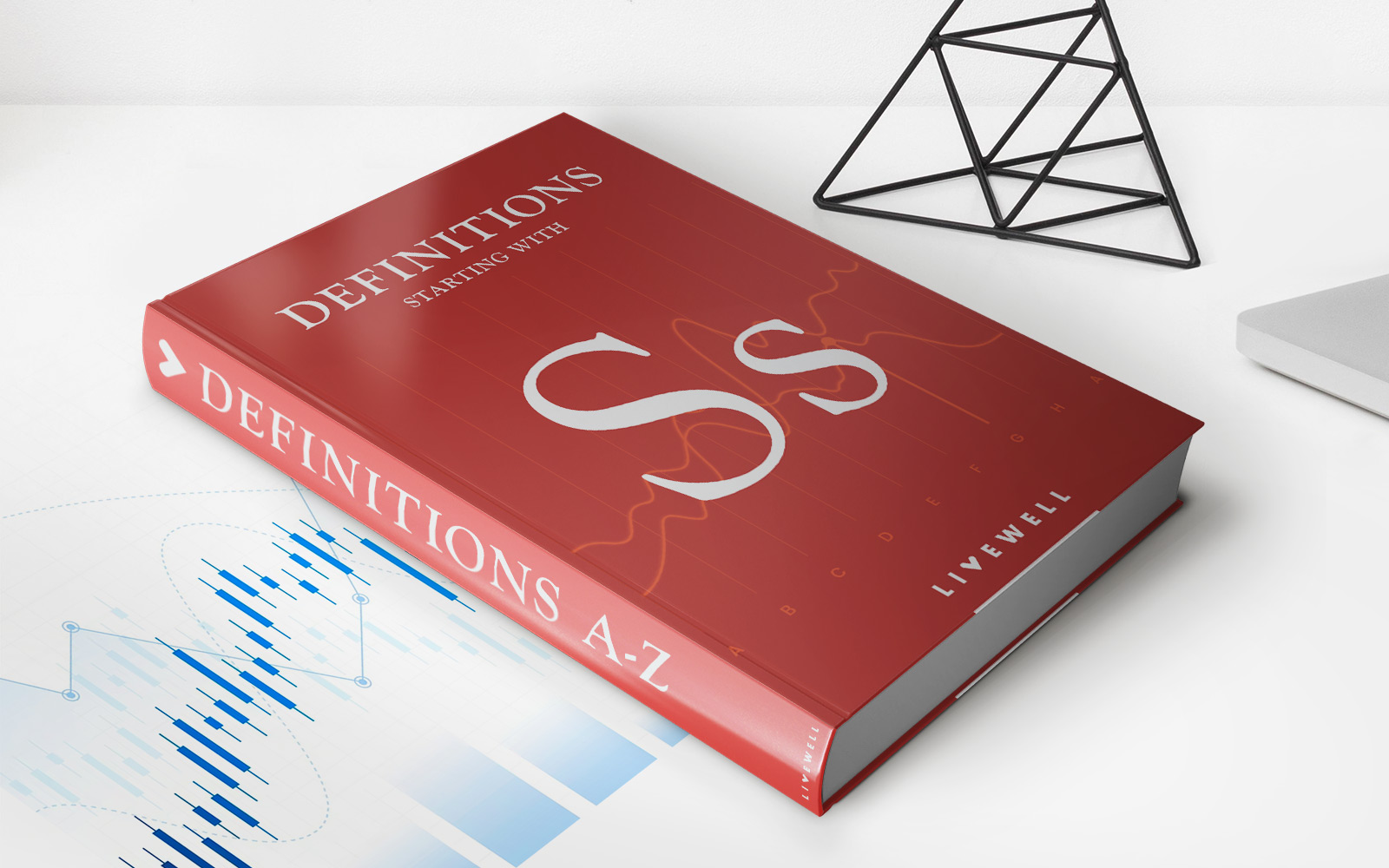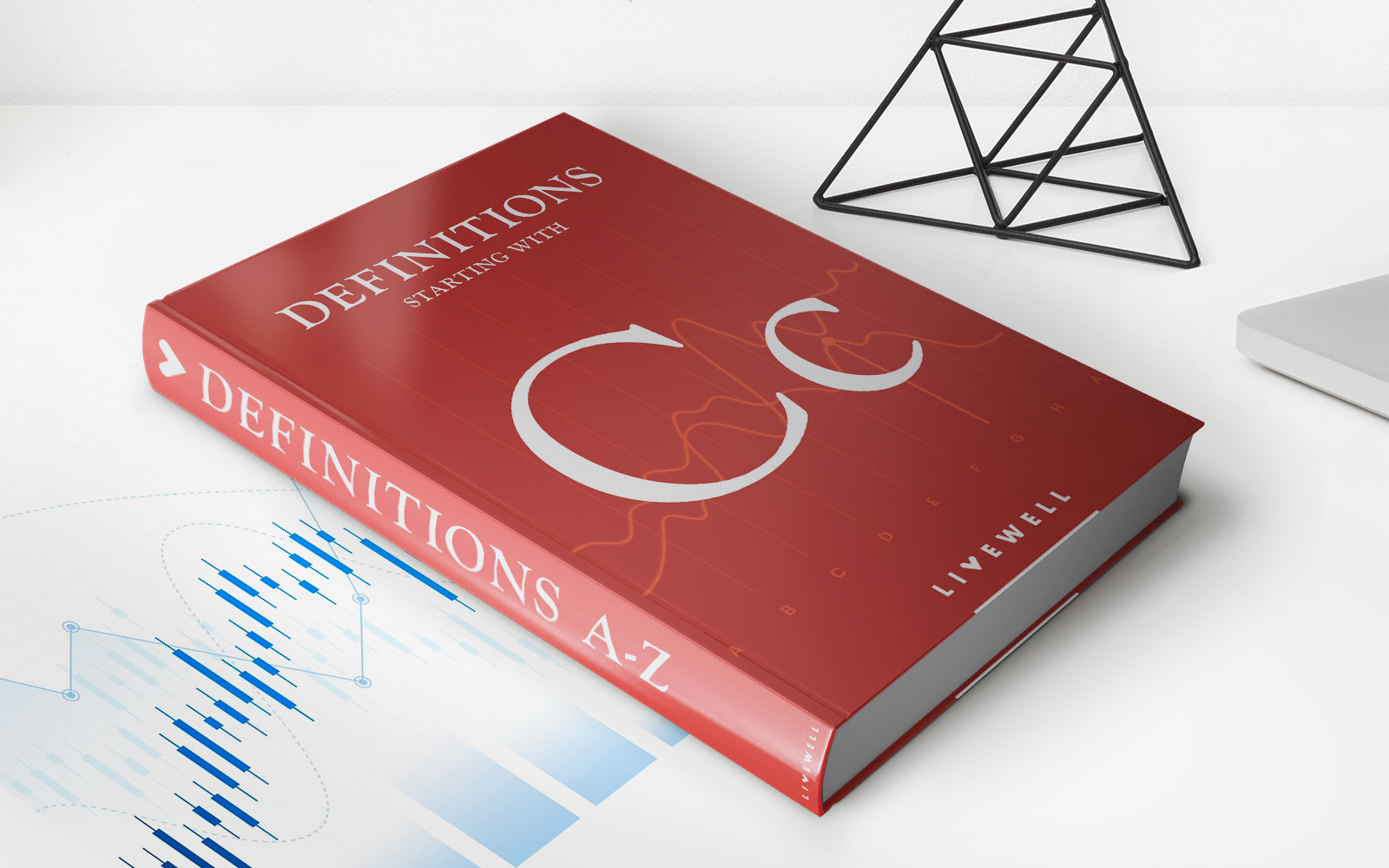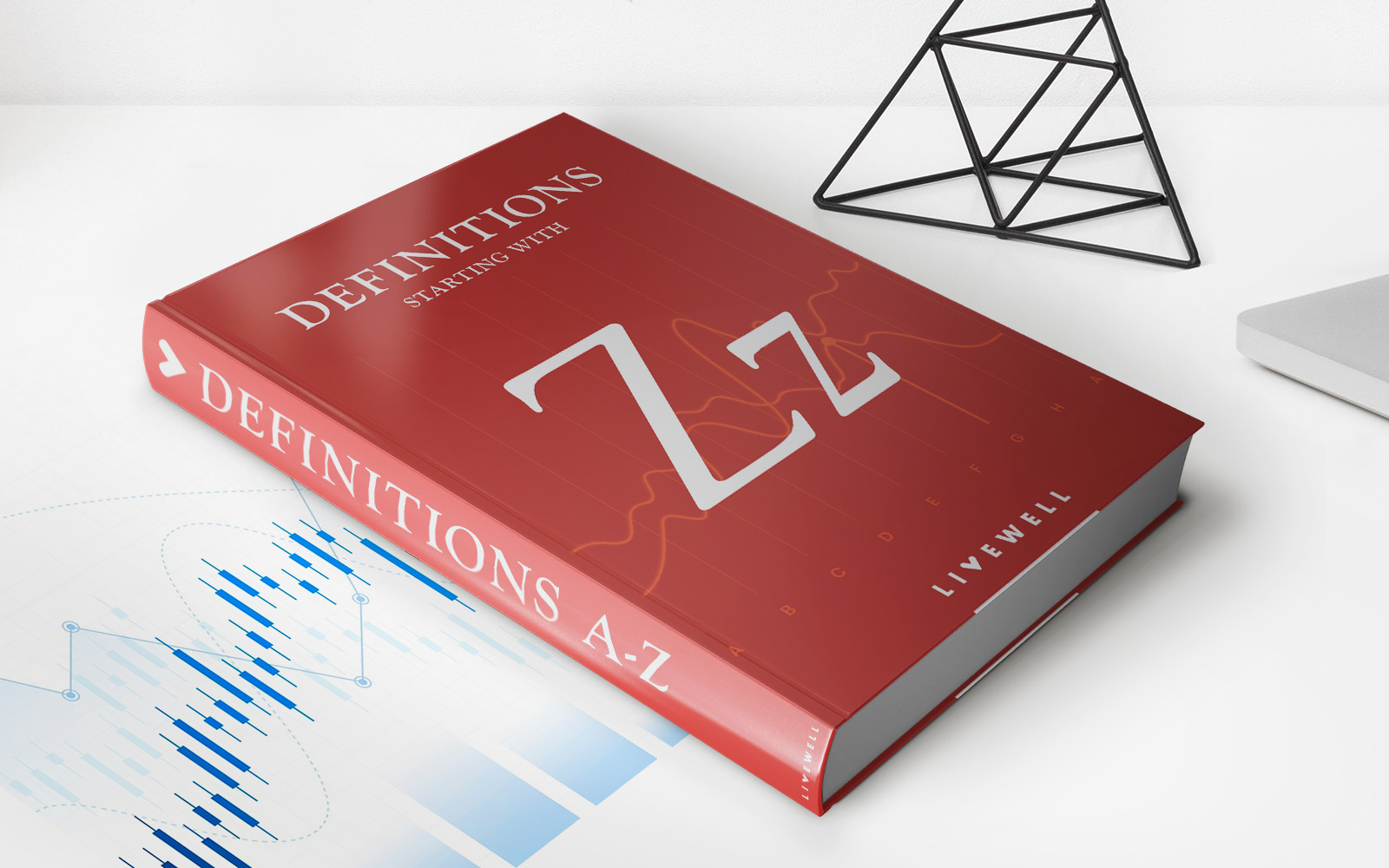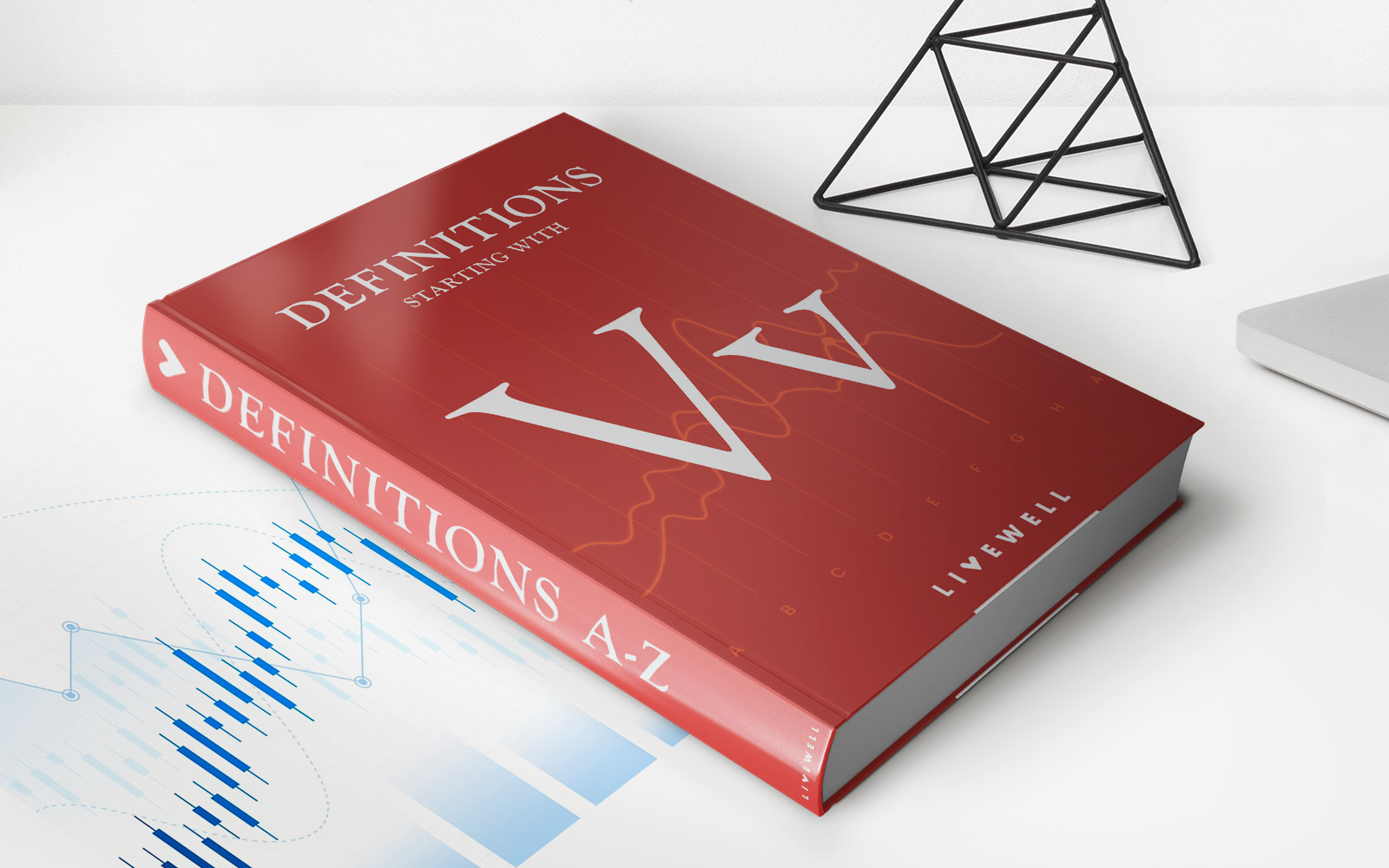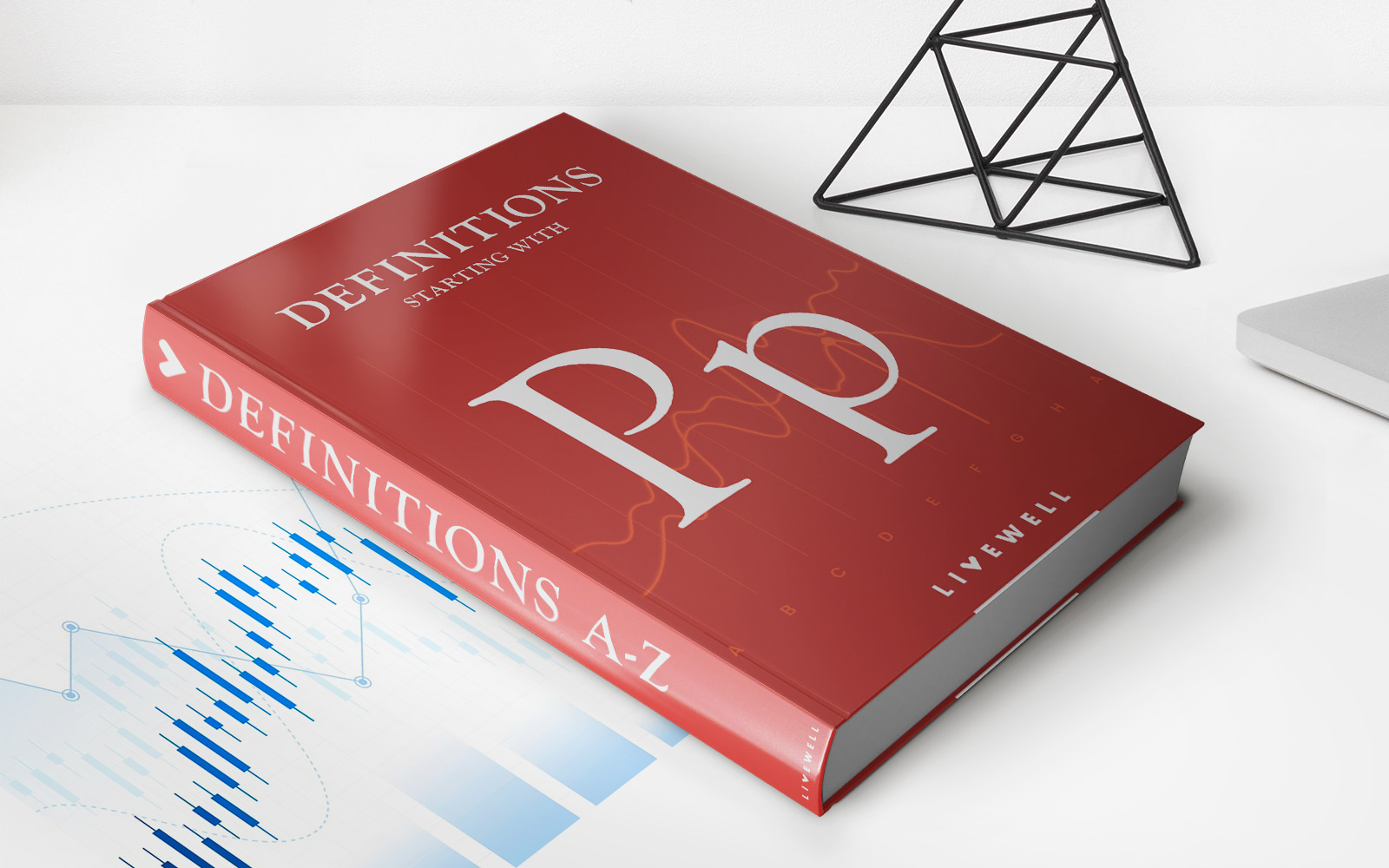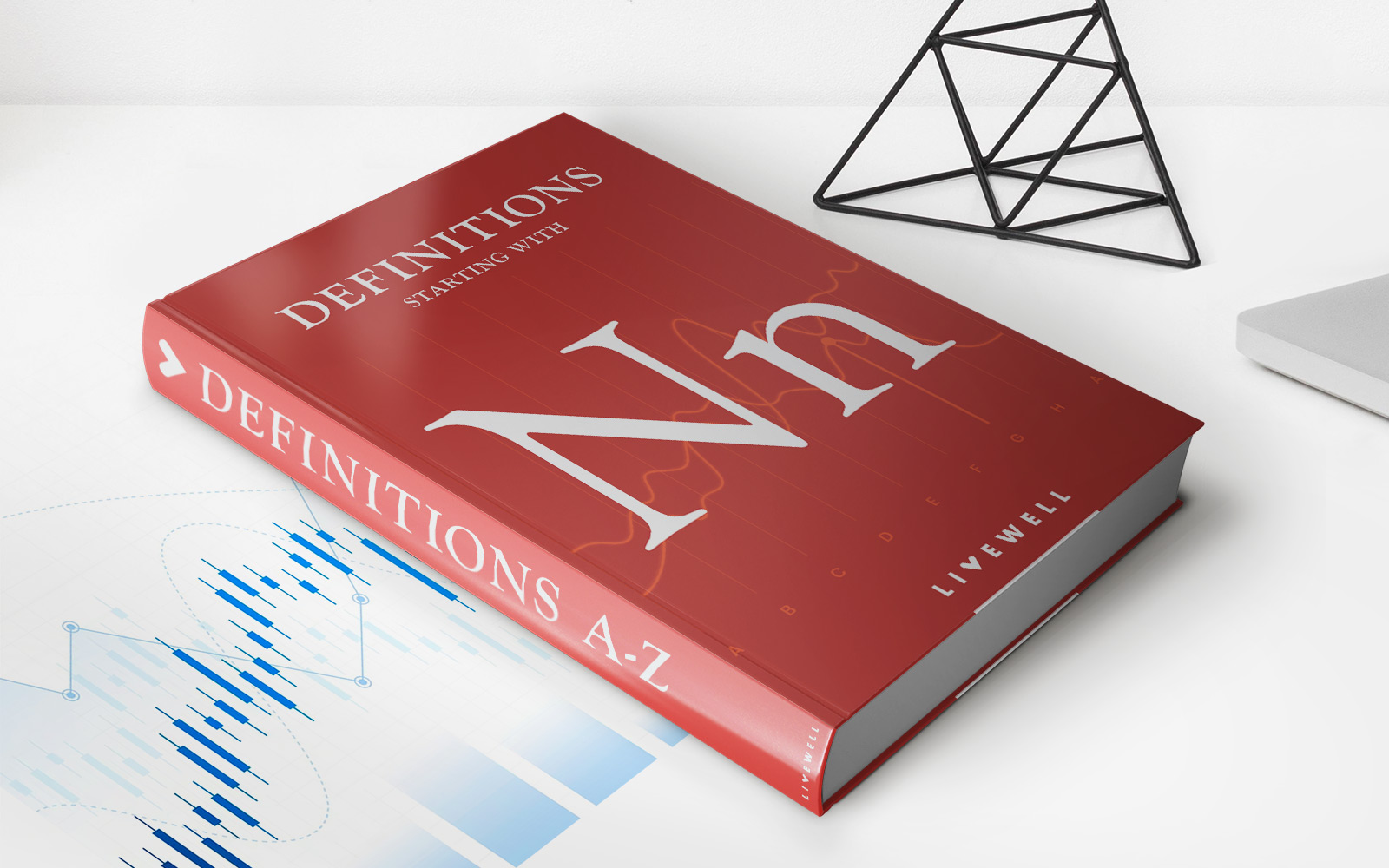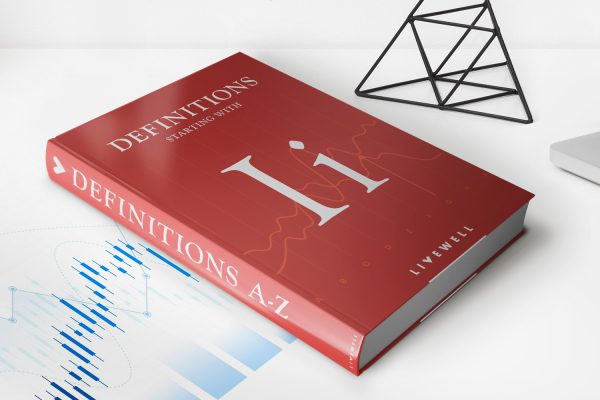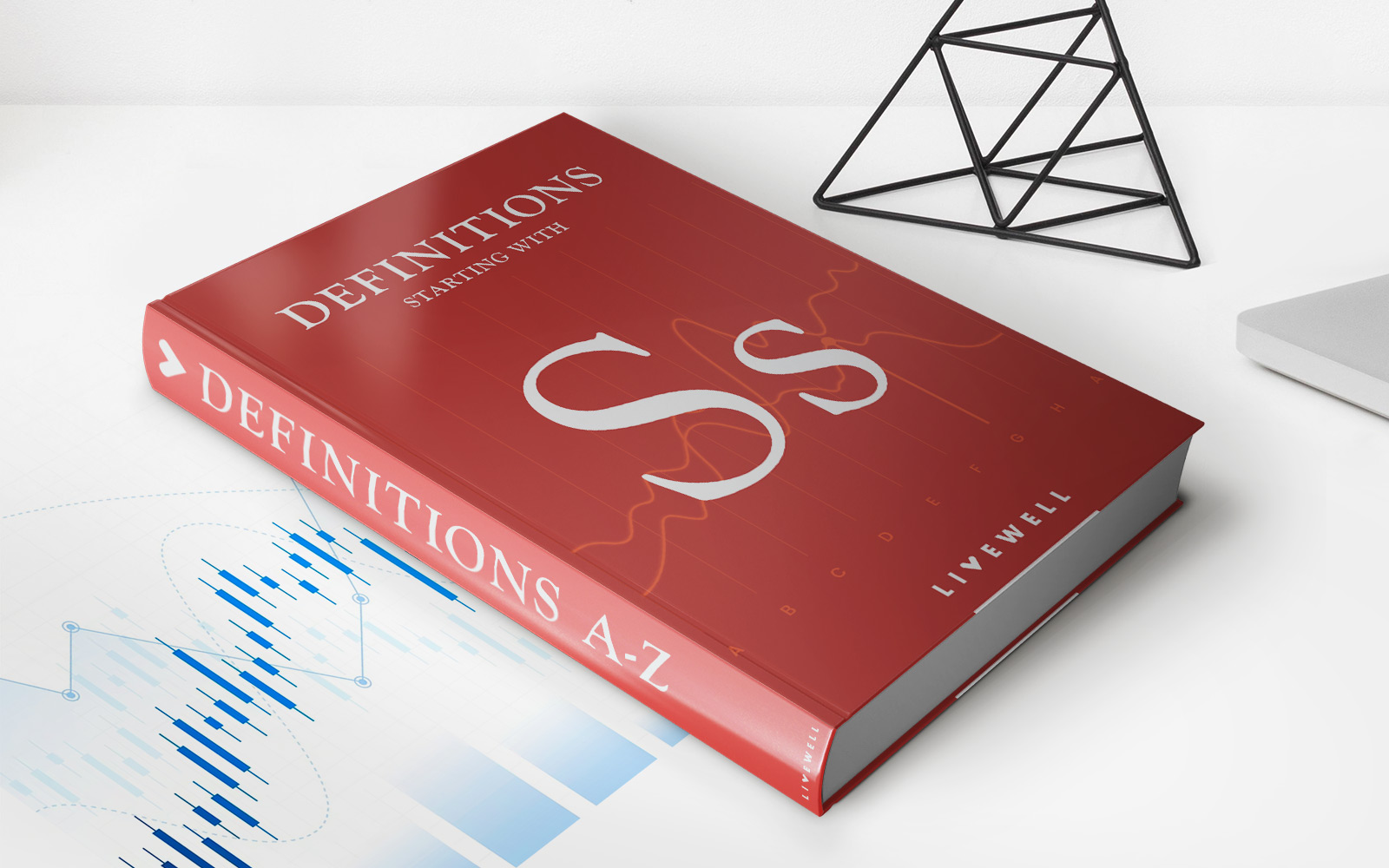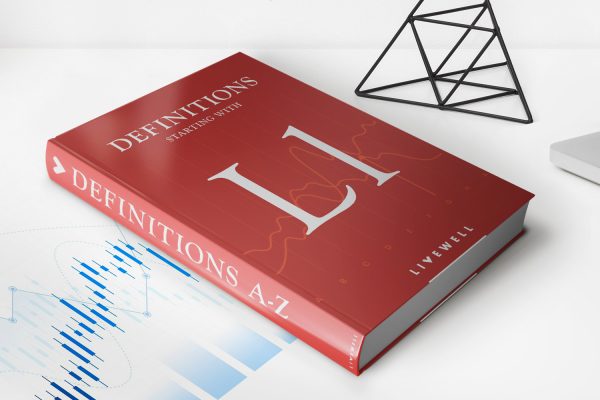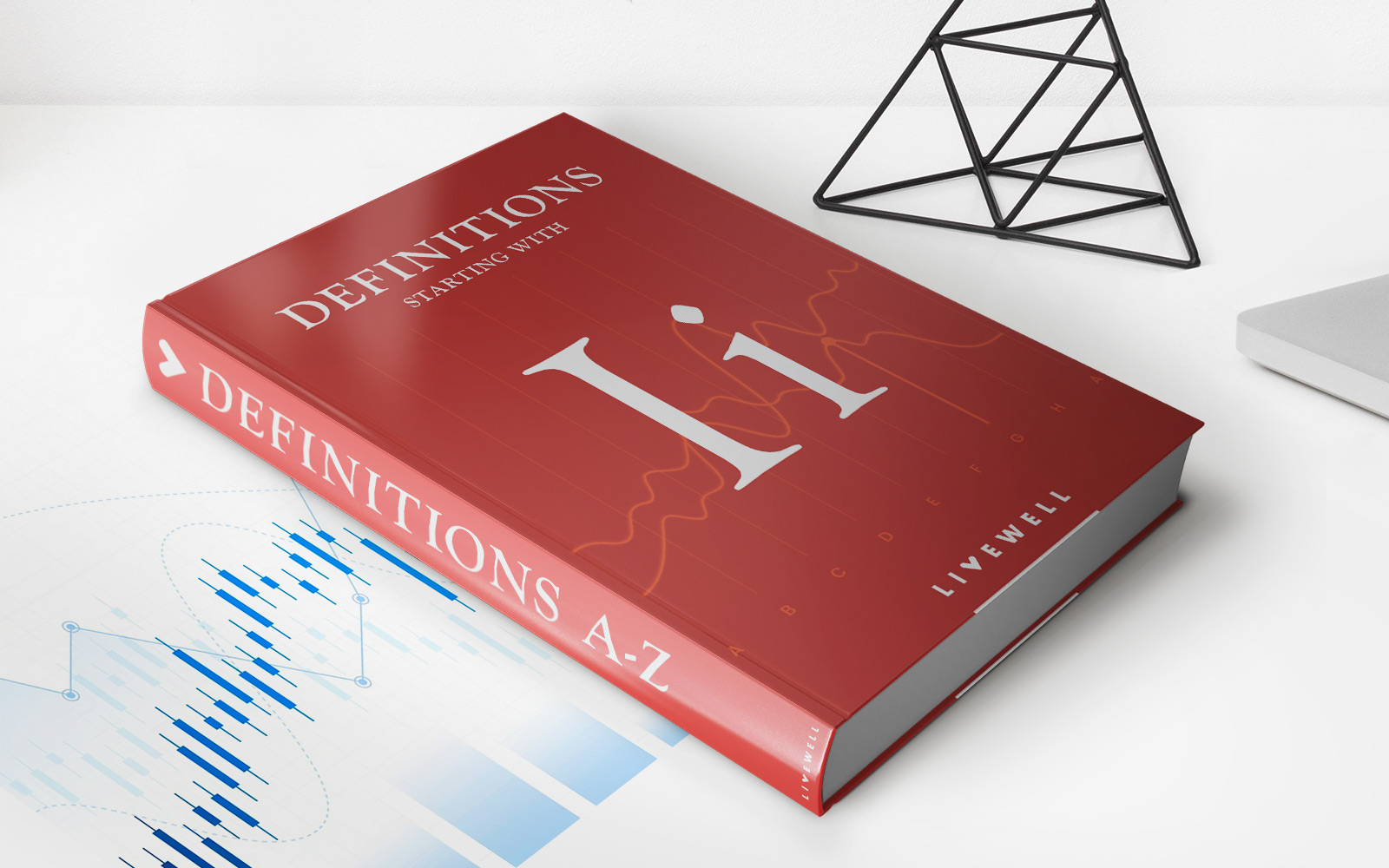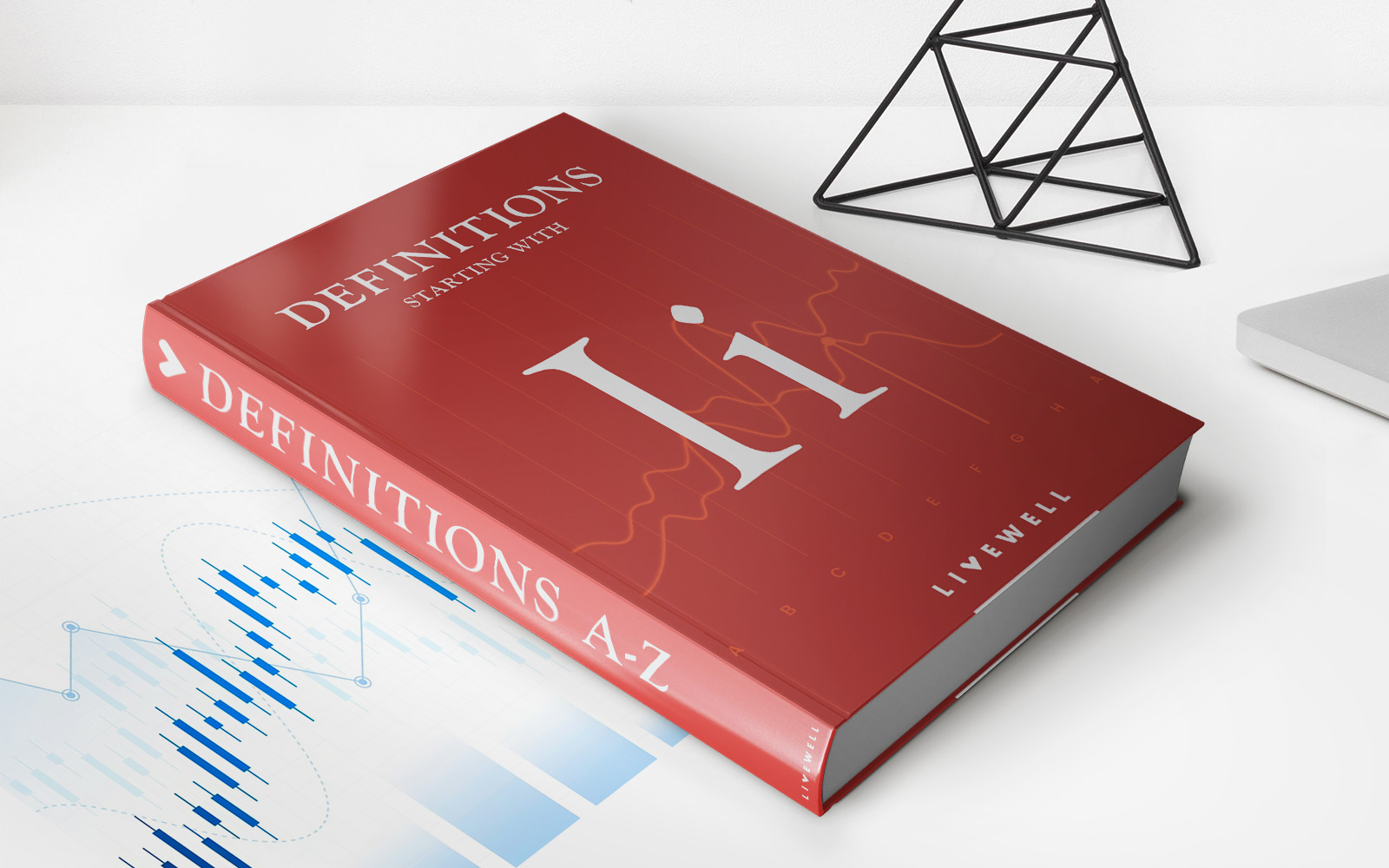

Finance
Intermediate Good: Definition And Examples
Published: December 11, 2023
Learn the definition and explore examples of intermediate goods in finance. Discover how these goods play a crucial role in the production process and overall economic activity.
(Many of the links in this article redirect to a specific reviewed product. Your purchase of these products through affiliate links helps to generate commission for LiveWell, at no extra cost. Learn more)
Intermediate Goods: Definition and Examples
Welcome to our finance corner, where we delve into various topics related to money, investments, and economic concepts. In today’s blog post, we will be exploring the fascinating world of intermediate goods. What exactly are intermediate goods, and how do they play a crucial role in our economy? Read on to find out!
Key Takeaways:
- Intermediate goods are products or materials used in the production process to create a final product or consumer good.
- These goods differ from final goods, as they are not directly consumed or used by the end consumer.
Now, before we dive deep into the subject, let’s answer the burning question on your mind: what is an intermediate good? In simple terms, intermediate goods are products or materials that are used in the production process to create a final product or consumer good. Unlike final goods, which are ready for consumption, intermediate goods are not directly used or consumed by the end consumer.
Intermediate goods act as a bridge between the raw materials extracted from nature and the final products that we use in our daily lives. They undergo transformation and value addition during the production process. These goods are typically sold between businesses and play a crucial role in the production chain.
Let’s explore some examples of intermediate goods to give you a better understanding:
- Steel: Steel is an essential intermediate good used in various industries such as construction, automotive, and manufacturing. It is transformed and used in the production of final goods like buildings, cars, and appliances.
- Electronic Components: The components used in the production of electronic devices, such as circuit boards, microchips, and resistors, are intermediate goods. These components are further assembled to create smartphones, computers, and other electronic gadgets.
- Textile Fabrics: Fabrics like cotton, silk, and polyester are intermediate goods in the textile industry. These fabrics are later used to manufacture clothing, home furnishings, and other textile-based products.
- Car Parts: When it comes to the automobile industry, various parts such as engines, tires, and chassis are considered intermediate goods. These parts are assembled to manufacture the final product – cars.
Intermediate goods have an important impact on our economy. They link different stages of production and contribute to the value added in the production process. Tracking the production of intermediate goods is also essential for analyzing the overall economic activity and predicting trends.
To sum it up, intermediate goods are products or materials that are used in the production process to create final goods. They play a vital role in the economy, acting as a backbone for the production chain. Understanding the concept of intermediate goods helps provide insights into the complex dynamics of the supply chain and how it impacts our everyday lives.
We hope this blog post shed some light on the concept of intermediate goods. Stay tuned for more informative articles in the finance section of our blog!
